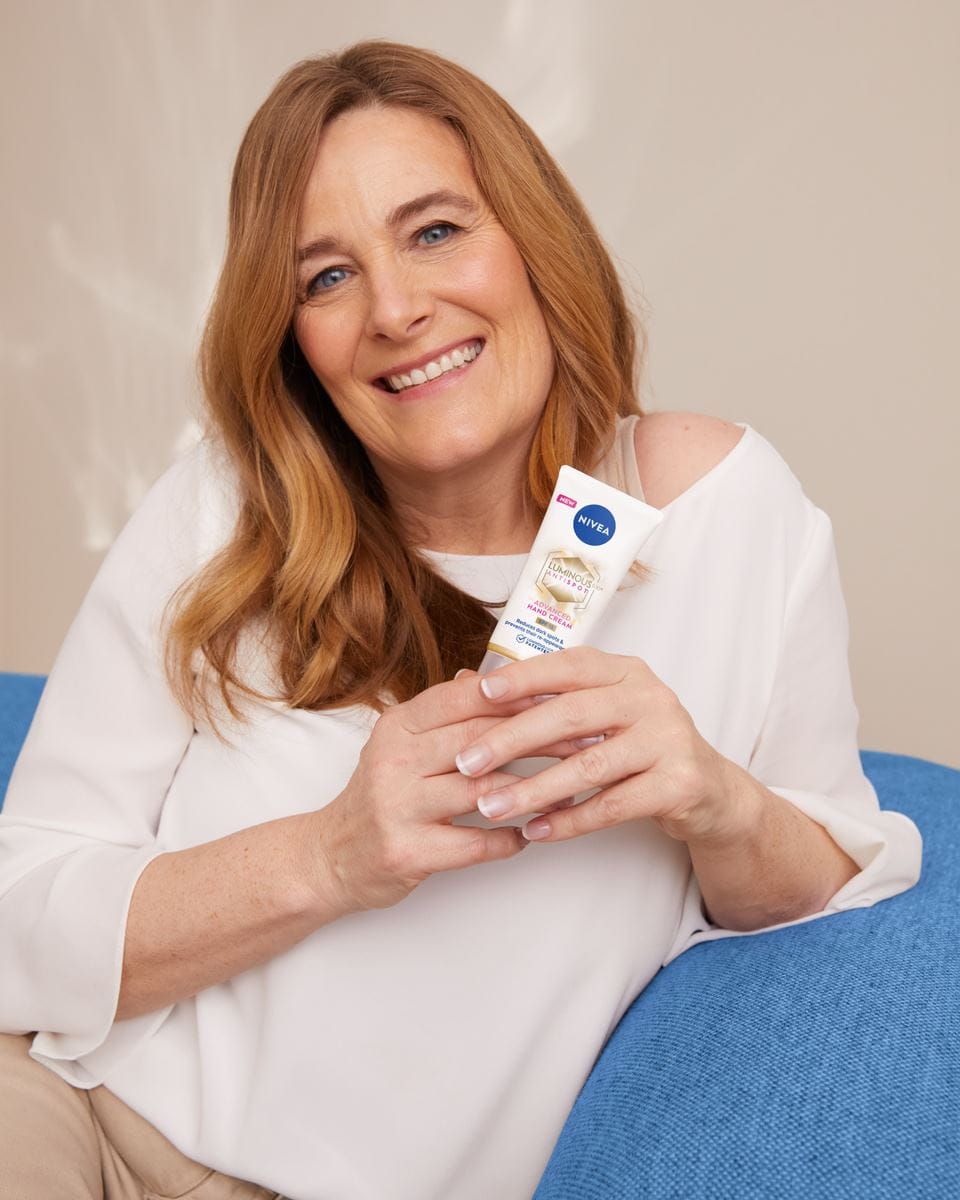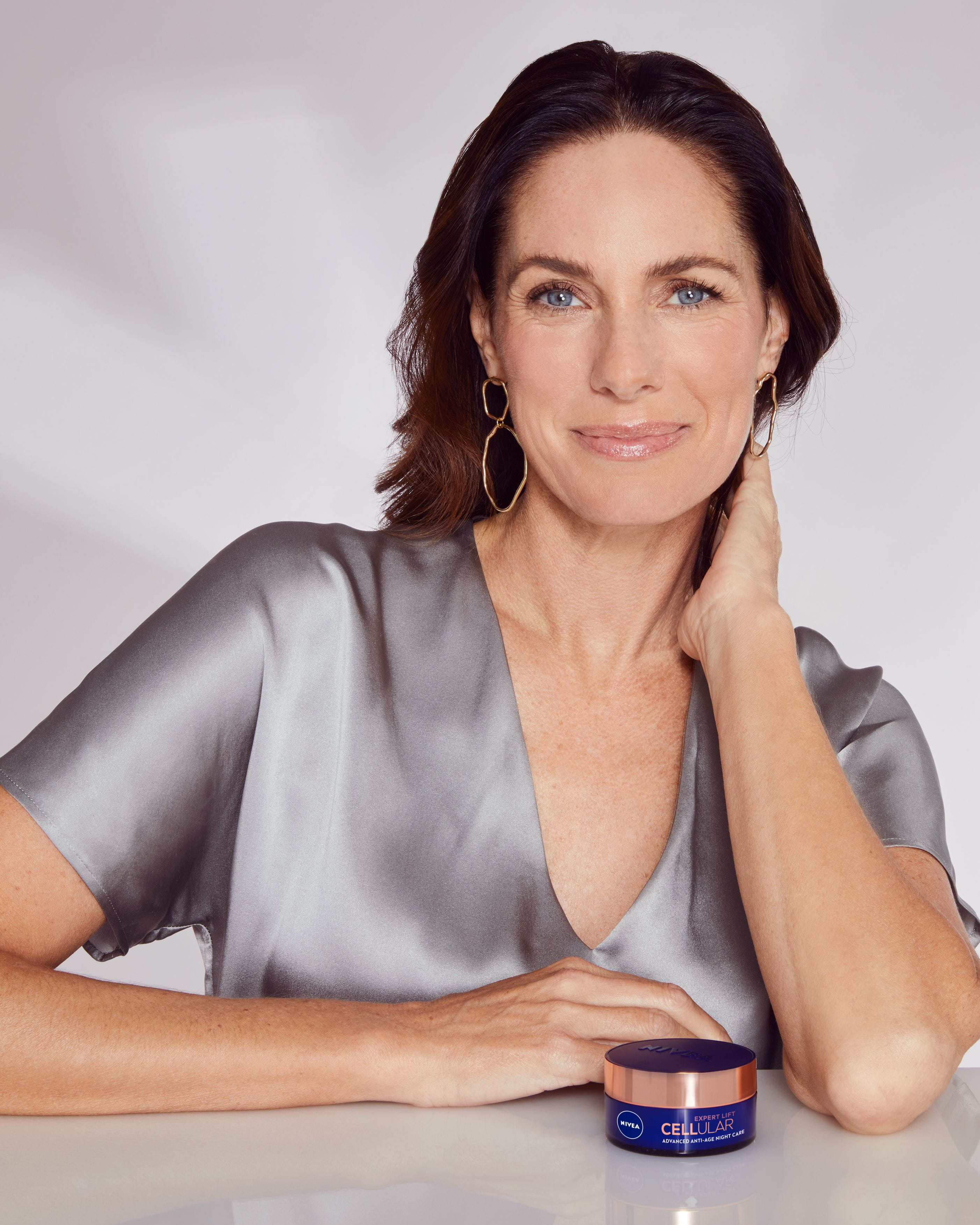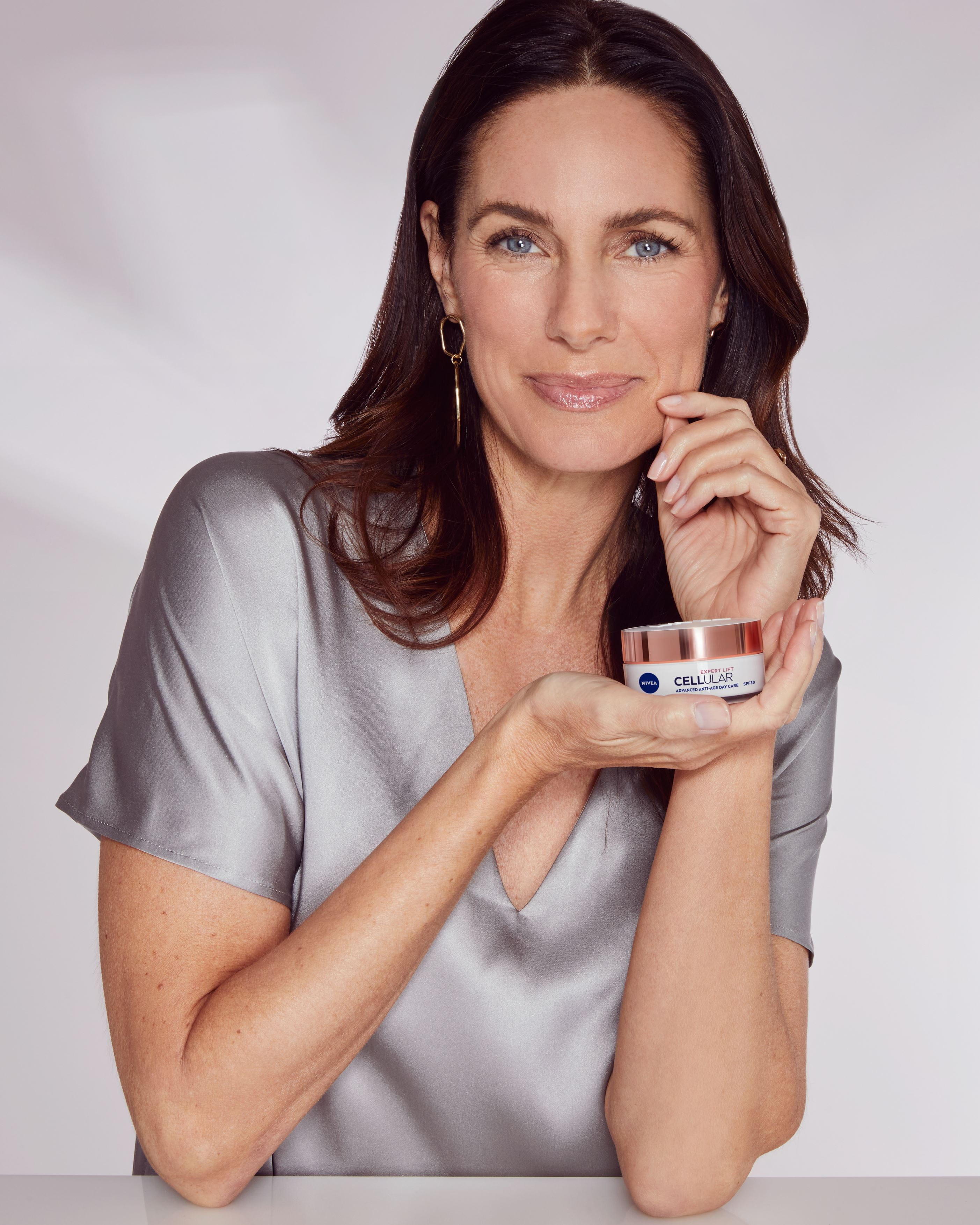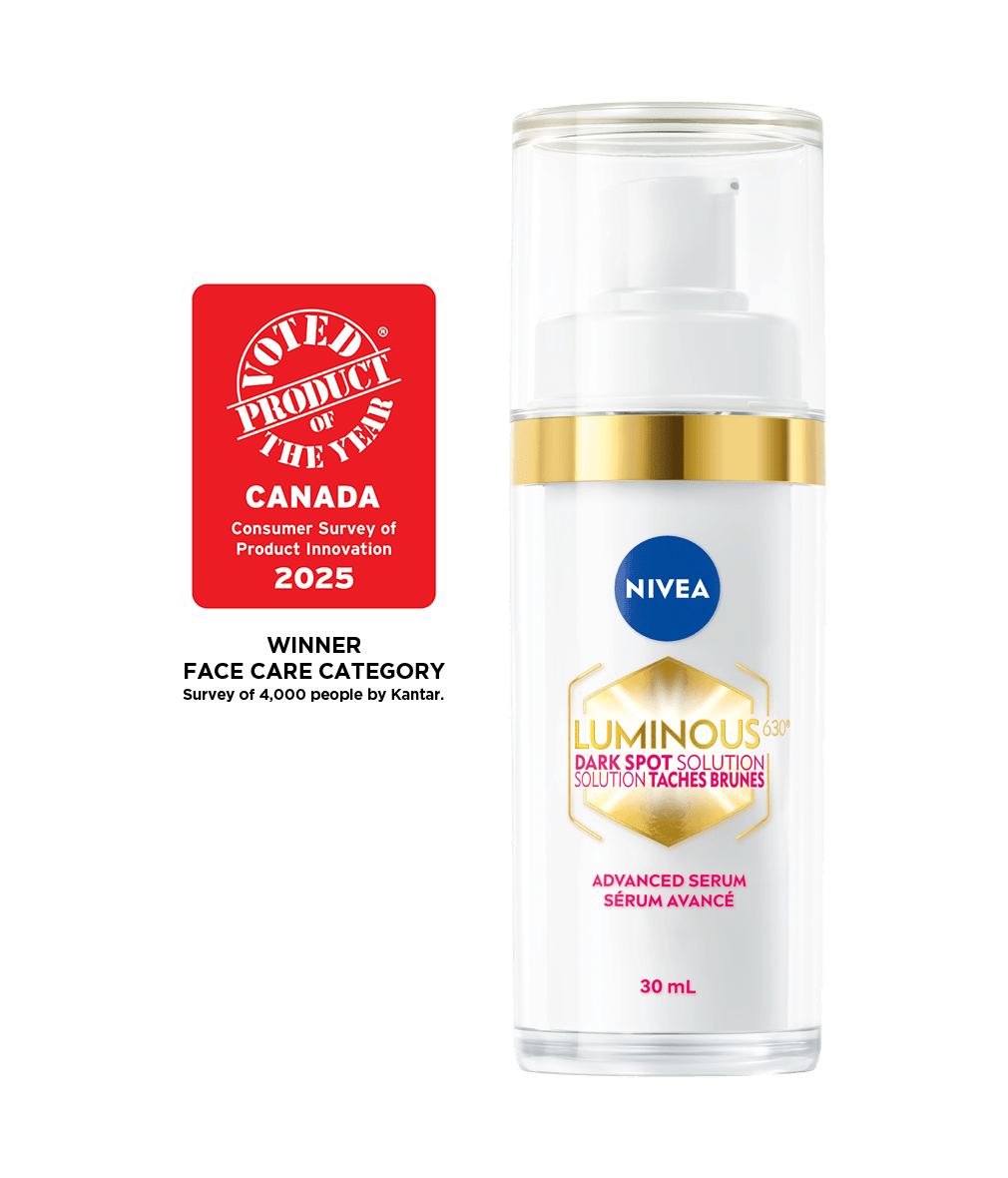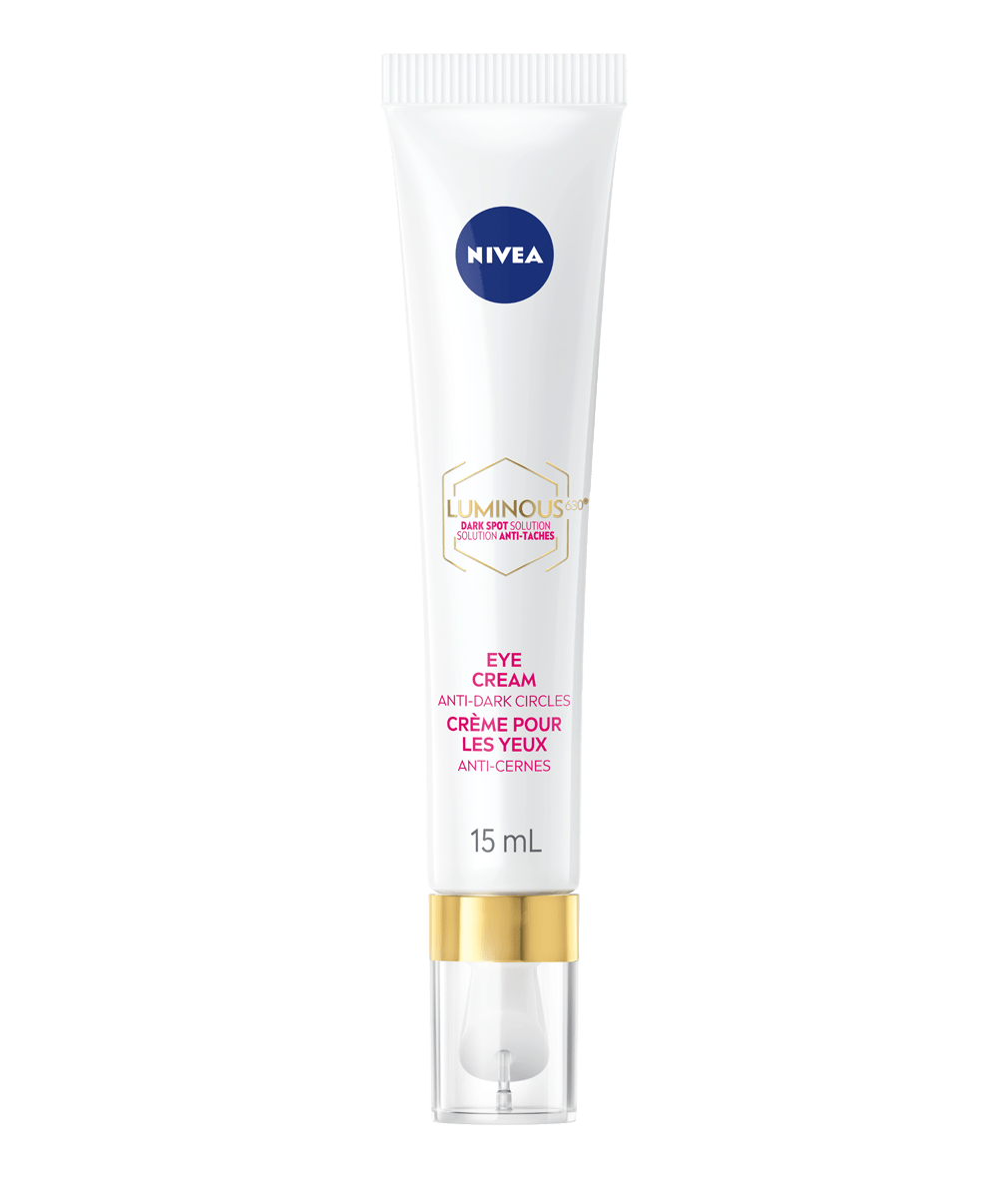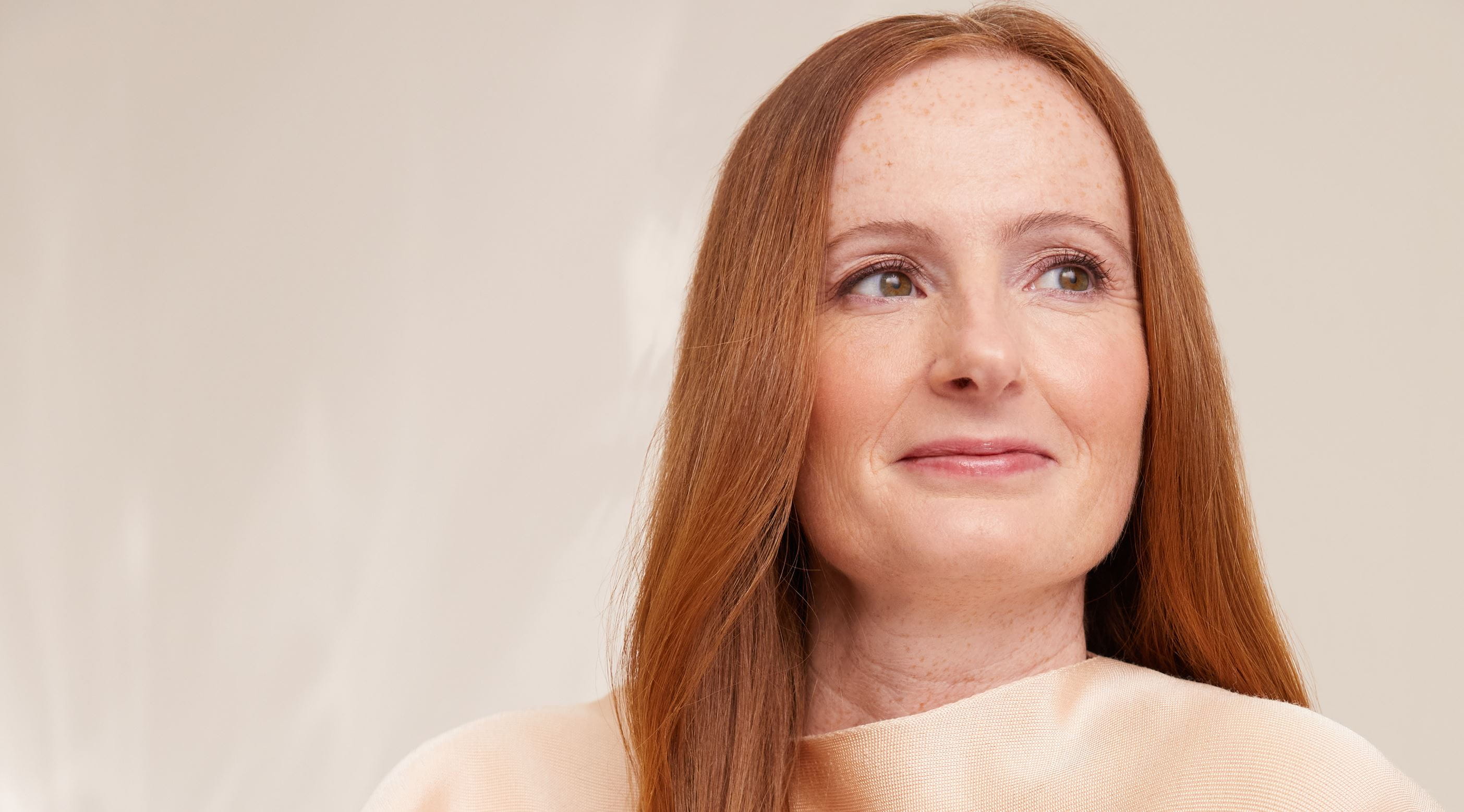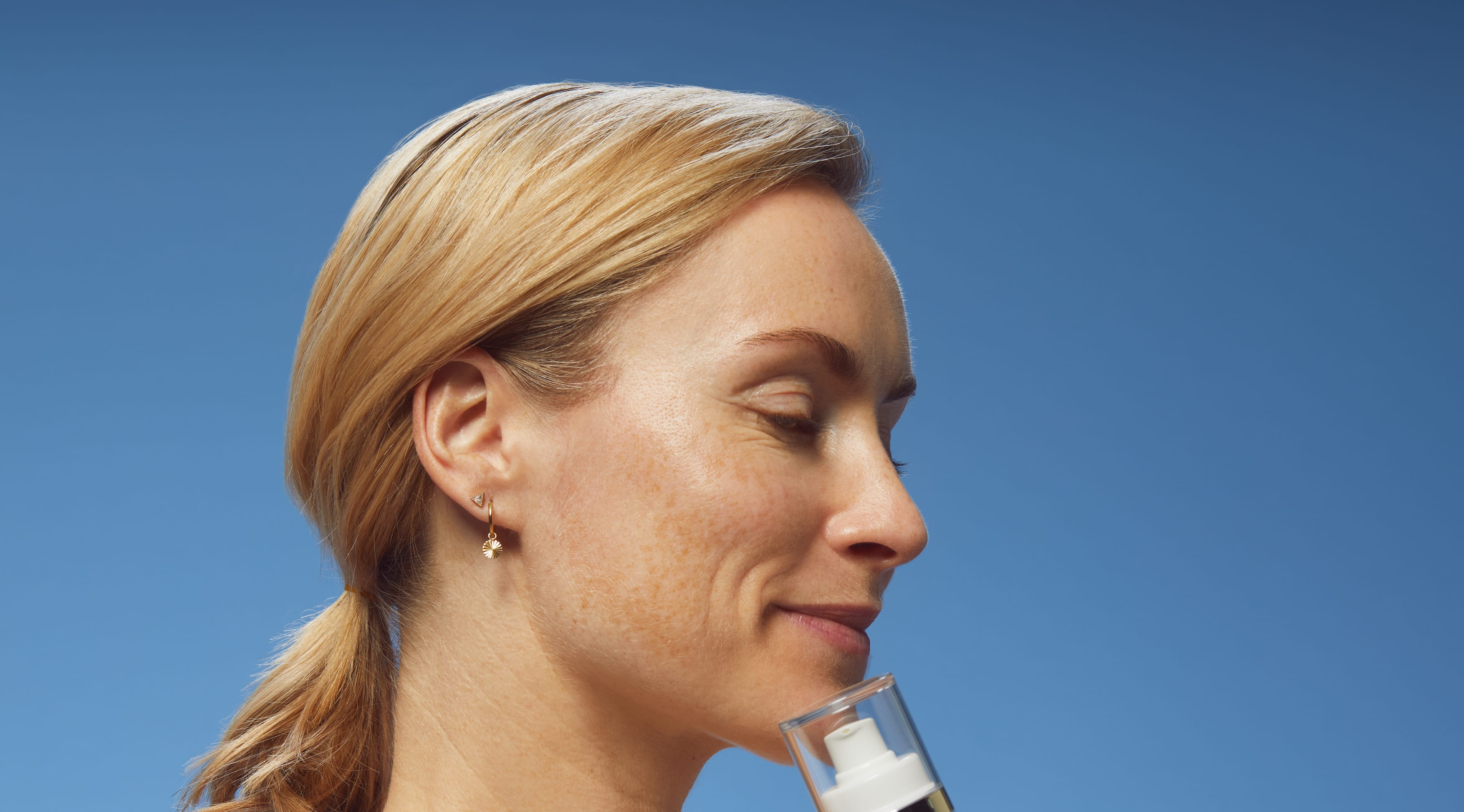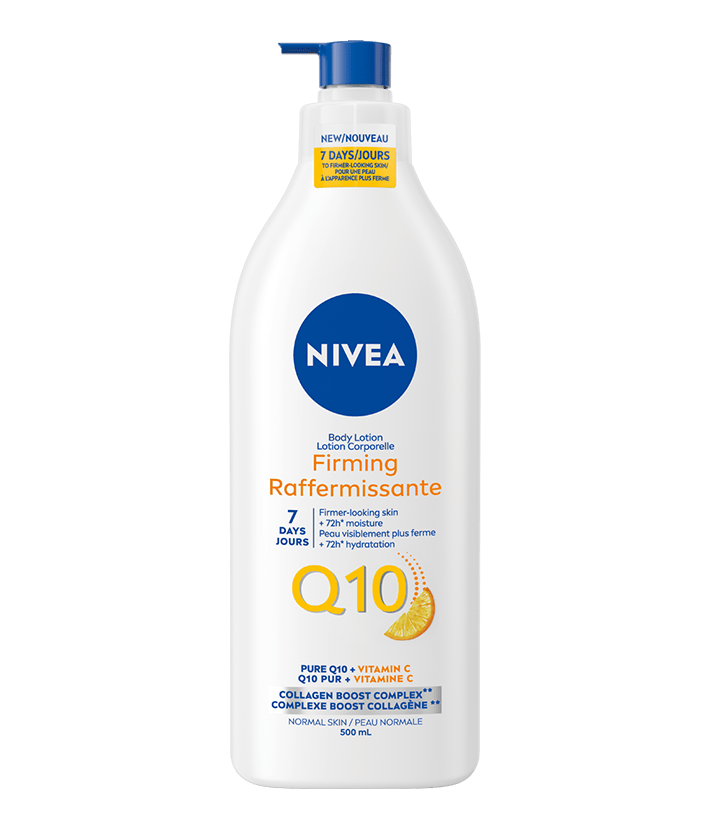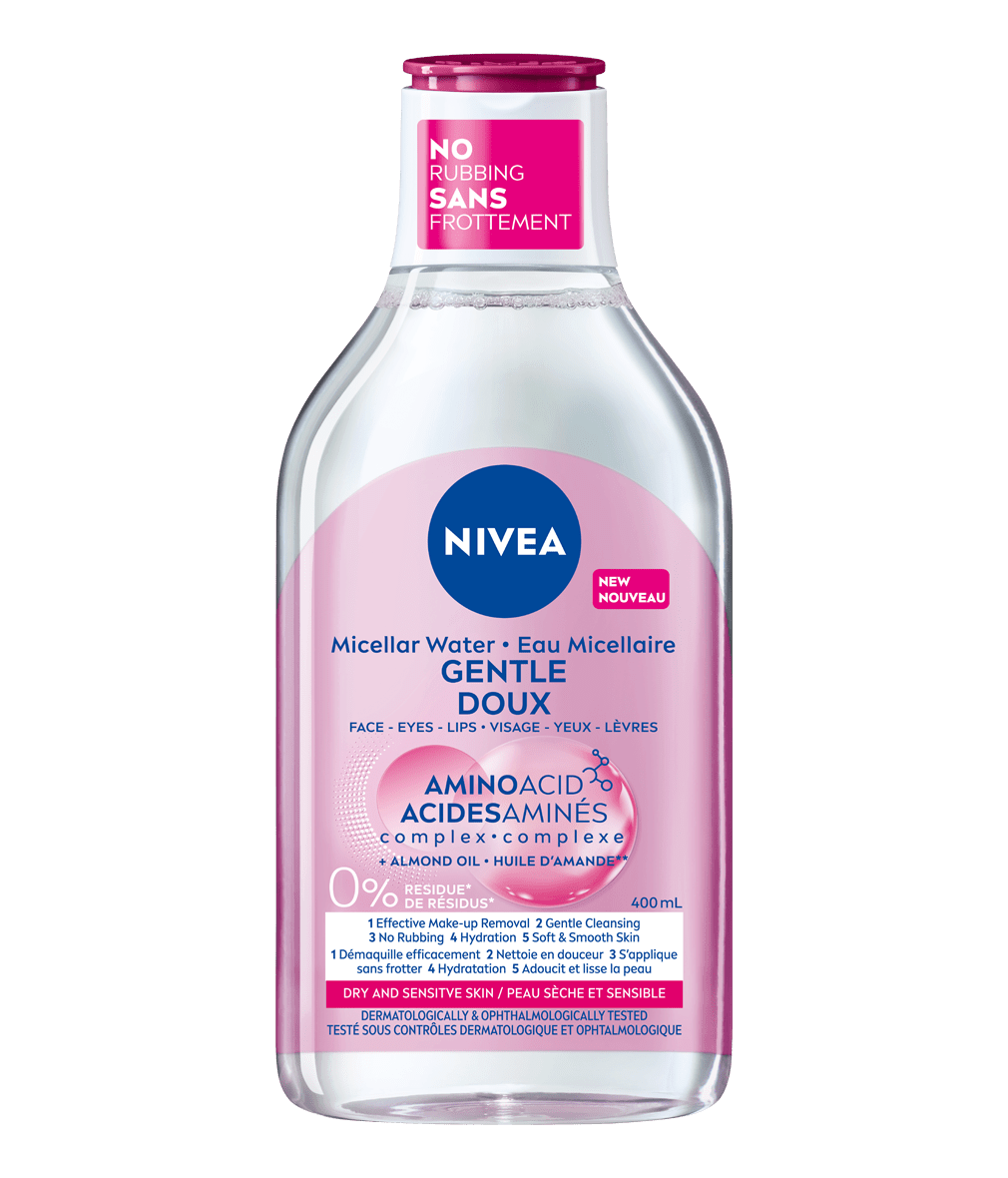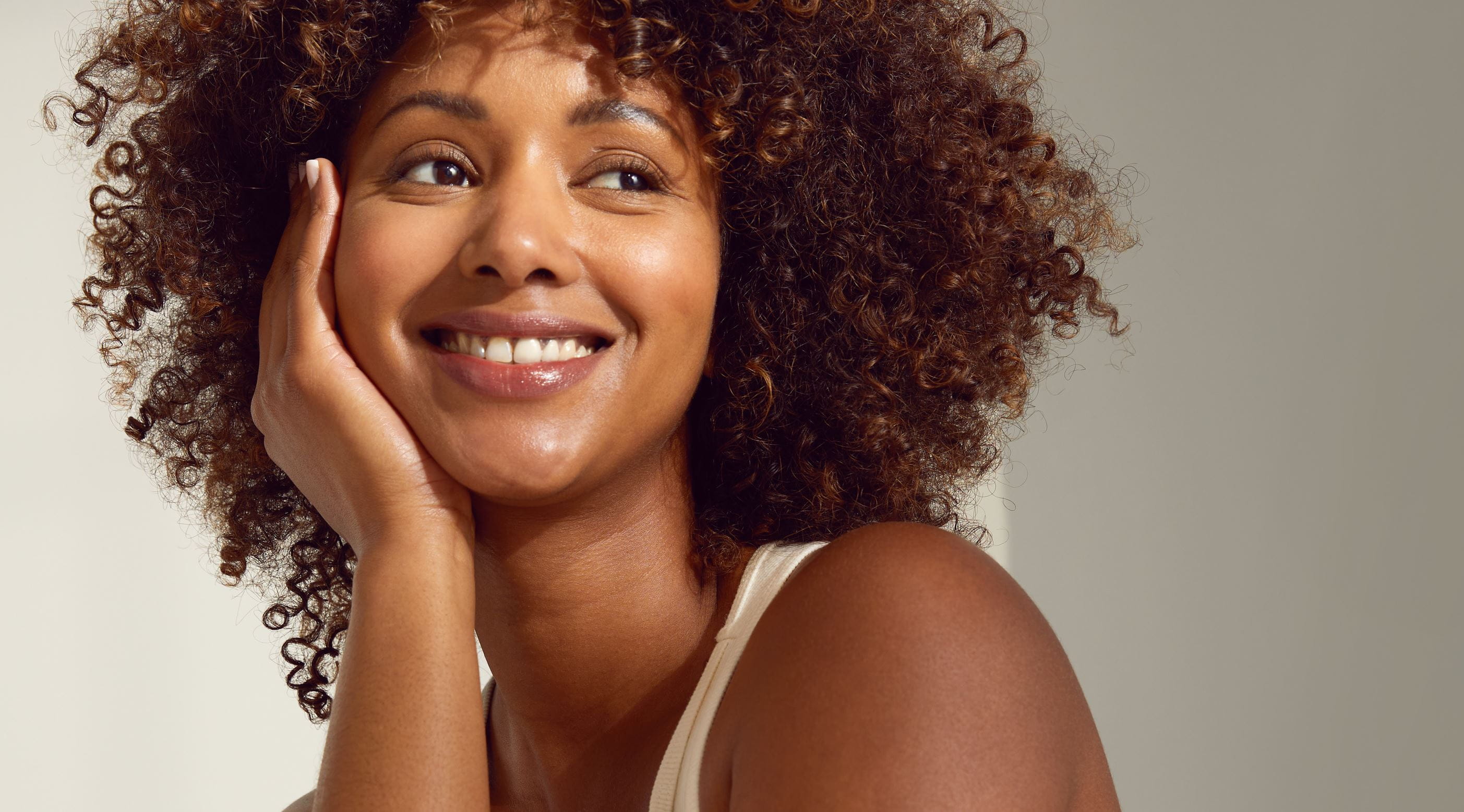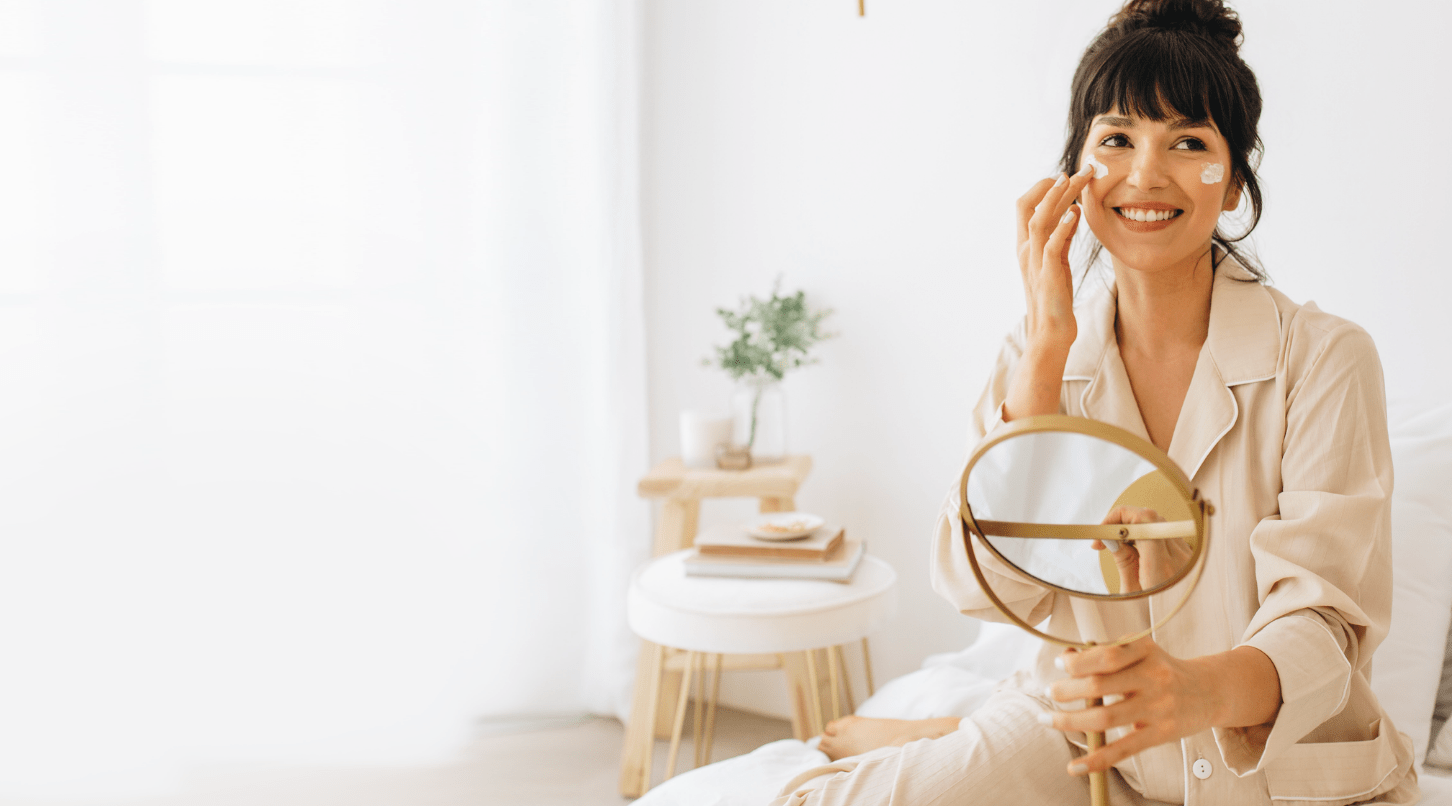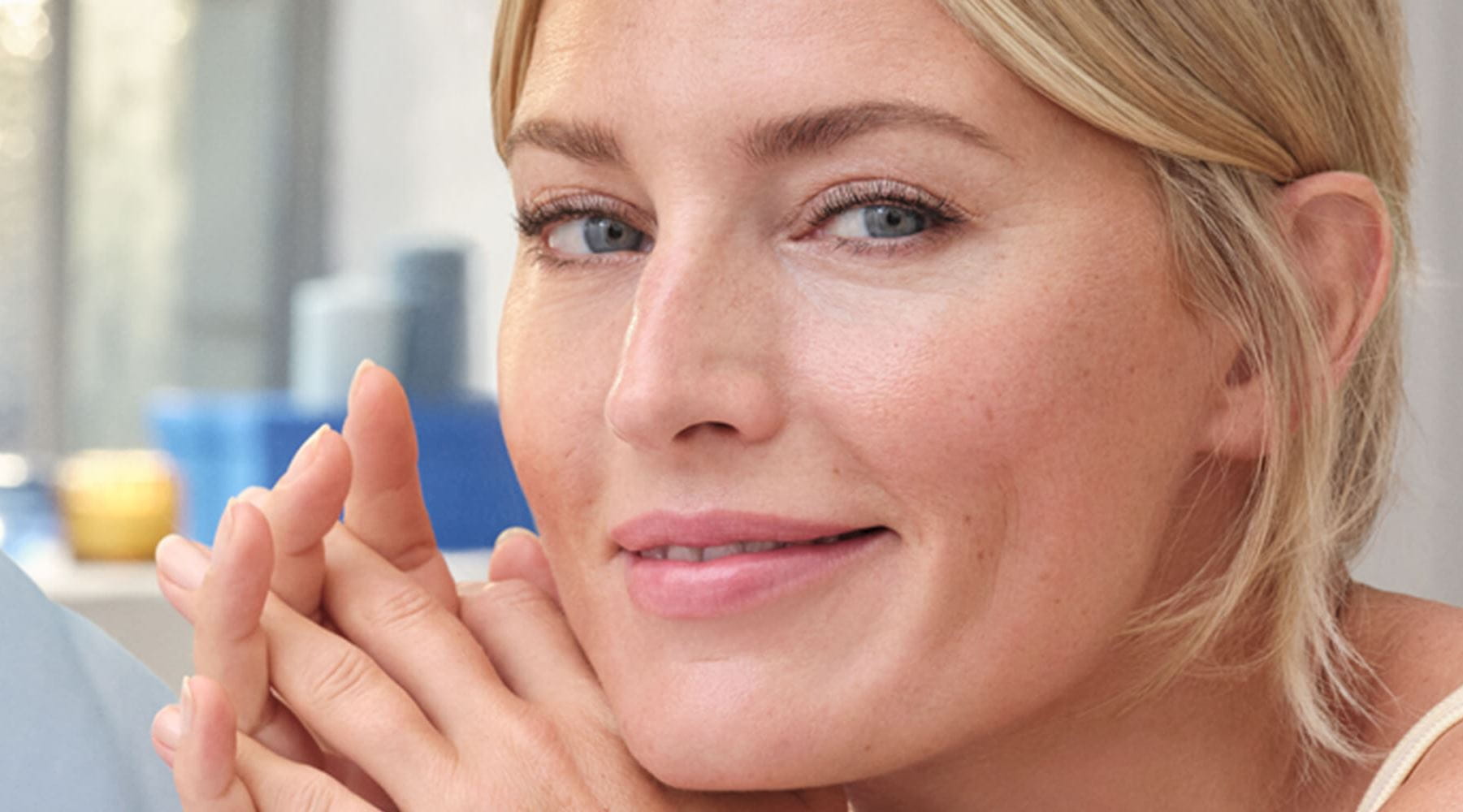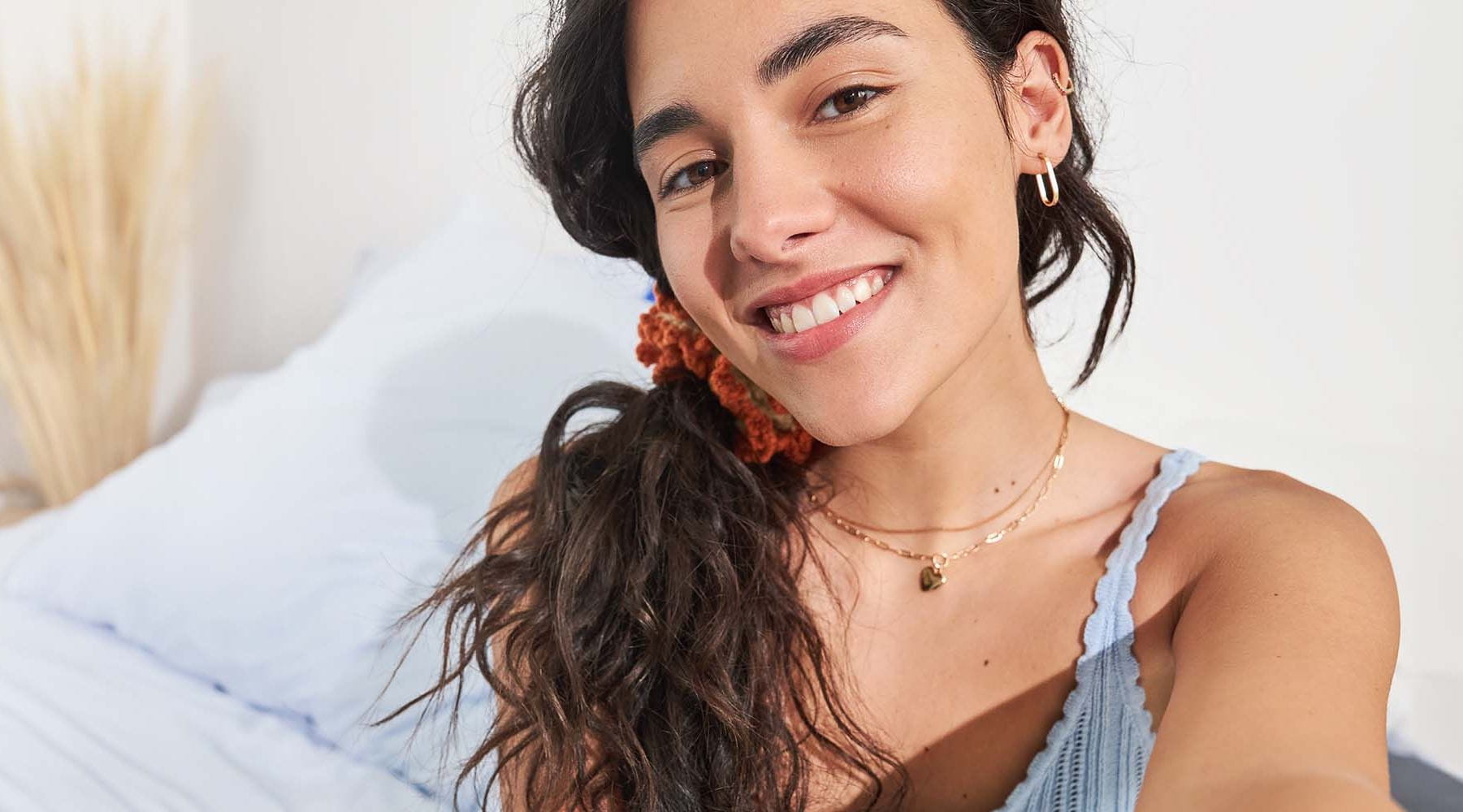Dark spots, often referred to as pigment spots, brown marks, liver spots or age spots are a common skin concern that can affect anyone. Whether caused by sun exposure, hormonal changes or aging, these spots can diminish the skin's natural radiance.
To reduce the appearance of dark spots, incorporate a skincare routine that contains ingredients that target their appearance. To help prevent dark spots from visibly developing or darkening, use sunscreen, wear protective clothing, and seek shade during peak sun hours.
In this comprehensive guide, NIVEA explores the causes of dark spots and shares effective ways to manage their appearance, revealing a path to a more even and luminous-looking complexion.

